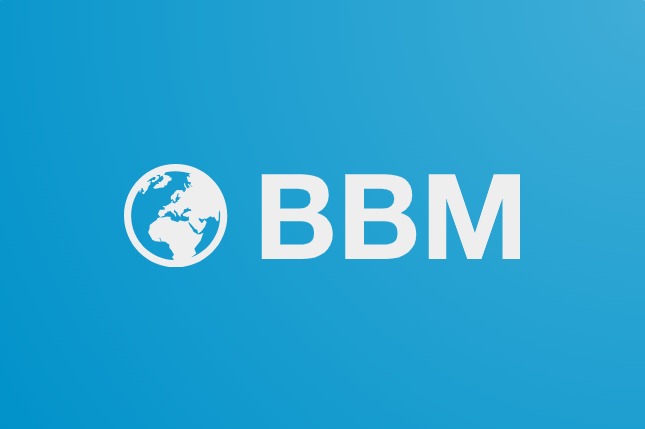Some of the links in this article are "affiliate links", a link with a special tracking code. This means if you click on an affiliate link and purchase the item, we will receive an affiliate commission.
The price of the item is the same whether it is an affiliate link or not. Regardless, we only recommend products or services we believe will add value to our readers.
By using the affiliate links, you are helping support our Website, and we genuinely appreciate your support.
[matched_title]
Export-oriented textiles and apparel manufacturers in the industrial hubs of Tiruppur, Noida, and Surat have halted production, fearing a worsening of cost competitiveness in the US market owing to the 50% additional tariff, the Federation of Indian Export Organisations (FIEO) said on Tuesday.
The traders’ body also said that among seafood export units, the tariff increase risks stockpile losses, disrupted supply chains, and farmer distress.
Indian exporters lose ground to regional rivals
The textile units are losing ground to lower-cost rivals from Vietnam and Bangladesh, the FIEO President S C Ralhan said, while urging the government to unveil support measures to sustain the export momentum from the labour-intensive industry.
“About 55% of India’s US-bound shipments worth $ 47–48 billion are now exposed to pricing disadvantages of 30–35%, rendering them uncompetitive in comparison to competitors from China, Vietnam, Cambodia, Philippines and other Southeast and South Asian countries,” Ralhan said.
“However, leveraging the negotiating window for urgent diplomatic engagement with the US still remains the key. Yet another approach could be the promotion of Brand India and innovation through enhanced global branding, investment in quality certifications, and embedding innovation in export strategy to make Indian goods more attractive globally,” he added.
Among various product categories, India’s competitors include Myanmar that has 40% US tariff, Thailand (19%), Cambodia (19 %), Bangladesh (20%), Indonesia (19%), China and Sri Lanka (both 30 %), Malaysia (19 %), the Philippines (19%) and Vietnam (20%).
On other labour-intensive sectors of exports like leather, ceramics, chemicals, handicrafts and carpets the industry faces a sharp erosion of competitiveness, particularly against European, South East and Mexican producers. Delays, order cancellations, and negated cost advantages loom large on these sectors, Ralhan said.
FIEO chief said there is need for immediate government support which includes push for interest subvention schemes and export credit support to sustain working capital and liquidity. To further support this, low cost of credit and easy availability of credit with emphasis on MSMEs with the support from banks and financial institutions with special direction in this regard both from the Govt and the Reserve Bank of India is needed.
Ralhan also called for a moratorium on payment of principal and interest for loans up to a period of 1 year. Additionally, automatic enhancement of the existing limit by 30% along with collateral free lending.
Exporters said trade agreements with the EU, Oman, Chile, Peru, GCC, Africa, and other Latin American countries with a provision for early-harvest for labour-intensive sectors should be prioritised. However, leveraging the negotiating window for urgent diplomatic engagement with the US still remains the key, they feel.
While winter orders are few, the exporters of apparel are sitting on spring orders that are shipped between October and December. The buyers are asking for a 30% discount to level the prices with competing countries which have 20% tariffs in the US, secretary general of Apparel Export Promotion Council Mithilishwar Thakur said. “The exporters may take that 30% hit for a few months to retain relationships with buyers and keep their workers engaged but unless some kind of a solution is found the lay-offs may start,” Thakur added.
Looming layoffs and urgent call for relief
Nearly a third of India’s textile and apparel exports of $37 billion go to the US. “The recent US duty hike has put ₹72,000 crore of Indian textile & apparel exports at risk, creating a 30–31% duty gap against competing nations,” said Prabhu D, convenor of the Coimbatore-based Indian Texpreneurs Federation (ITF). The federation represents the entire textile value chain, including spinning units, weaving firms, and exporters of apparel and home textiles.
Prabhu said exporters have poured substantial sums into capacity expansion over the past 2–3 years to capitalise on the China Plus One strategy and secure more US buyers. “Those investments and jobs are now at risk.”
The 50% tariff places India at a major disadvantage against key competitors such as Bangladesh, Vietnam, and Indonesia, which face much lower duties in the range of 19-20%. Industry experts warn that India’s uncompetitiveness in exports could trigger mass layoffs in the country’s second-largest employment-generating sector, which employs over 45 million people. “Treat this as a Covid-like crisis and extend relief across the entire textile value chain,” Prabhu said, urging a one-year moratorium on term loan repayments.
Until a bilateral trade agreement with the EU is in place, the industry is pressing for time-bound, targeted export incentives for EU markets, where annual apparel imports total $92 billion—nearly 15% higher than the US—but India accounts for just a 5% share.
BBM JOB





